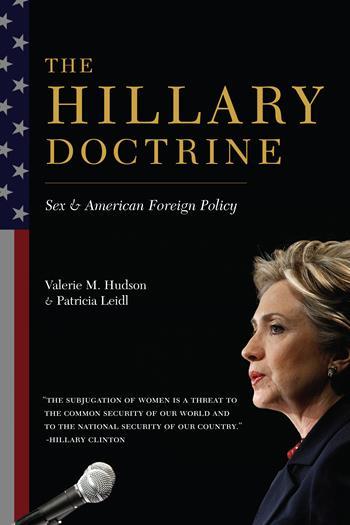Richard Betts on the Failures and Future of U.S. Military Actions
“The United States needs to temper the ambitions unleashed by its post–Cold War dominance, not only in reaction to the setbacks it has experienced in small wars but also to prepare for bigger wars for bigger stakes against bigger powers.”—Richard K. Betts
In a recent article in Foreign Affairs, Richard K. Betts, author of American Force: Dangers, Delusions, and Dilemmas in National Security, examines America’s era of permanent war and what lays ahead. Citing the mixed success, if not failure, of American intervention in Afghanistan, Iraq, and Libya, Betts argues that the United States need to think through its strategies before committing to military action. More specifically, he suggests that half-measures tend to fail as in the case of the invasion of Iraq in 2003 and Obama’s surge in Afghanistan when he committed 30,000 troops instead of the 40,000 requested by the Pentagon. The United States has also become too reliant on air power, which rarely works when used without a deployment of ground troops. Finally, the U.S. has found itself working with unstable governments, who are unwilling to do what the United States wants and often can barely survive once American troops have left. Betts writes:
[The] United States should fight wars less frequently but more decisively, erring, when combat is necessary, on the side of committing too many forces rather than too few. Second, the country should avoid fighting in places where victory depends on controlling the politics of chaotic countries, since local politicians will rarely do what Americans want when that differs from their own aims. And third, Washington should give priority to first-order challenges, focusing its military planning on fighting wars with great powers and focusing its diplomacy on preventing them.
While the past dozen years have seen the United States embroiled in the Middle East and South Asia, Betts argues that the challenges that lay ahead might very well be in Asia and Europe as both China and Russia begin to flex their geopolitical and military might. Betts writes that in response:
The United States to refocus its priorities on planning for conventional interstate wars. The United States’ top priority should be the defense of long-standing allies in Europe and Asia. This task became largely passé as the Cold War gave way to a long holiday from great-power conflict, but recent events have ended that holiday. Compared with the chaotic internal wars of the Middle East, the threats in Europe and East Asia are more suited to the application of conventional force. In these regions, the United States’ unparalleled conventional strength can act as a powerful deterrent. The United States has a successful record of preparing for and preventing conventional wars, and this should be its focus once again. But that will mean being ready to put plenty of boots on the ground.
Betts concludes by writing that the United States must both temper its ambitions even as it prepares for potentially larger threats:
In the recent era of permanent war, the United States has learned hard lessons about the ambitious use of U.S. military power for secondary purposes. The United States’ overbearing military power encouraged civilian leaders to focus more on the desired benefits of military action than on its potential costs. Global primacy still gives the United States more room for maneuver than it had during the Cold War, but as tensions with Russia and China mount, that room becomes less than it was during the past quarter century. Now the United States needs to temper the ambitions unleashed by its post–Cold War dominance, not only in reaction to the setbacks it has experienced in small wars but also to prepare for bigger wars for bigger stakes against bigger powers.



